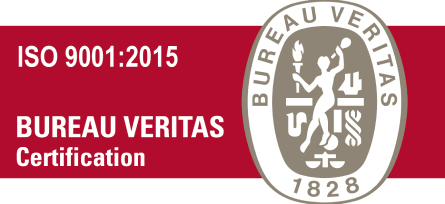A workflow management system is a solution to manage business processes from beginning to end. It provides automation of business processes https://worknano.com/benefits-of-using-test-management-tools/ and visibility of task statuses as well as support tools that guide employees through the entire process. If properly implemented, a workflow system can increase the efficiency and quality of work, boost productivity, and create accountability.
Using a workflow software allows you to assign specific tasks with their associated due dates to various people and track progress towards timely completion, and then send emails to ensure that everyone involved is aware of the tasks they are assigned. It can also help you reduce the chance of communication errors by allowing teams and individuals to communicate their thoughts on ongoing processes. It gives you a clear view of request status, bottlenecks and helps reduce redundant work by allowing managers discover areas that can be made simpler.
The ideal workflow management software should be able to provide different visualization options for each phase of the process. It should also have the ability to automate repetitive tasks, and provide detailed information on performance metrics for the entire workflow. It will also allow users to assign tasks to different people, notify them about their responsibilities, and inform them of deadlines that are coming up. It must also be compatible with various workflow patterns, including sequential and parallel, conditional and loop so that you can pick the one that’s best for your organization.
A good workflow software should be cloud-based since it allows for seamless integration with other applications and offers enhanced security and access controls. It should also be mobile-friendly since employees working in remote locations frequently lose connectivity and are unable to access their workflow apps.





